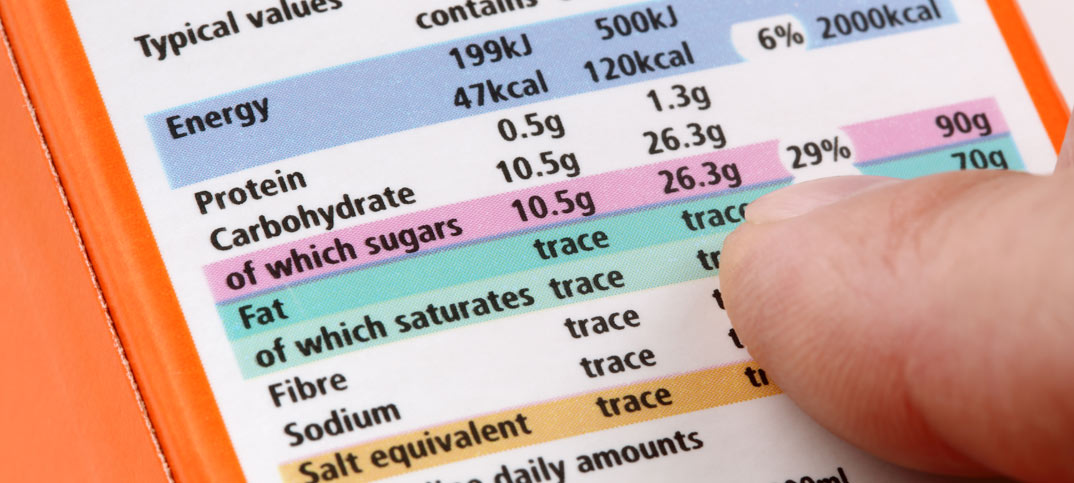 Demographics suggest that as people get older and as households get smaller, then local convenience stores will prove more attractive for more shoppers. On the surface this is good news for local shops but don’t kid yourself that the multiple grocers have not got designs on this sector.
Demographics suggest that as people get older and as households get smaller, then local convenience stores will prove more attractive for more shoppers. On the surface this is good news for local shops but don’t kid yourself that the multiple grocers have not got designs on this sector.
Authoritative figures from the Institute of Grocery Distribution released earlier this month show that the convenience market is growing faster than the grocery market, up 6.3 per cent in the past year to £30.9 billion. Better news, the IGD says it will grow strongly over the next five years to £41.2bn in 2015.
A good market to be in? Yes, says Tesco, which is adding 521,000 square feet of selling space in the convenience channel this year in 213 locations and expecting to grab just under £640 million of extra sales. With Waitrose and Sainsbury also active in providing “convenience options”, and Asda moving in with their recent purchase of Netto, how much of this £10 billion growth in the next five years will be available to you?
That depends on how serious you are about winning local business. At the NFRN conference earlier this month both Charles Wilson of Booker and Neil Jagger of Mail Newspapers highlighted the inroads that the multiples are making into the tobacco and newspaper markets.
These are two sectors where independents have traditionally enjoyed a local edge and benefitted from the extra sales that come with most packets of cigarettes or newspapers sold. While Tesco, for example, is not set up to compete directly with independent c-stores or CTNs and a big slice of its revenues come from top-up shopping of fresh and chilled products, its Express format stores are still keen to attract as many local people as possible.
At a simple level, its managers know that the more people they can attract in store and the longer they can keep them in store, the greater their sales will be.
The good news in the IGD figures is that that symbol group retailers took 60% of the extra sales in the past year, worth around £1bn. The multiples took a 22.5% share worth £413m. However they did this, on the IGD figures, by adding just 40 stores (compared to more than 1,000 new symbol group stores).
To remain successful you need to do your homework, which means working out the potential customer base in your local area and what market share you currently have. For example, if you have 5,000 adults living locally and you are selling 500 newspapers a day that is a 10 per cent share. Similarly, with tobacco sales you can assume that 20 per cent of the 5,000 are smokers and selling 100 packets of cigarettes a day gives you a 10 per cent share.
If Tesco needs £75,000 a week to make an Express work, then it needs to get 50 per cent of the 5,000 spending £30 – or three visits at £10. Every £10 visit you keep makes its job harder.
For more comment on the IGD’s report click here





Comments
This article doesn't have any comments yet, be the first!